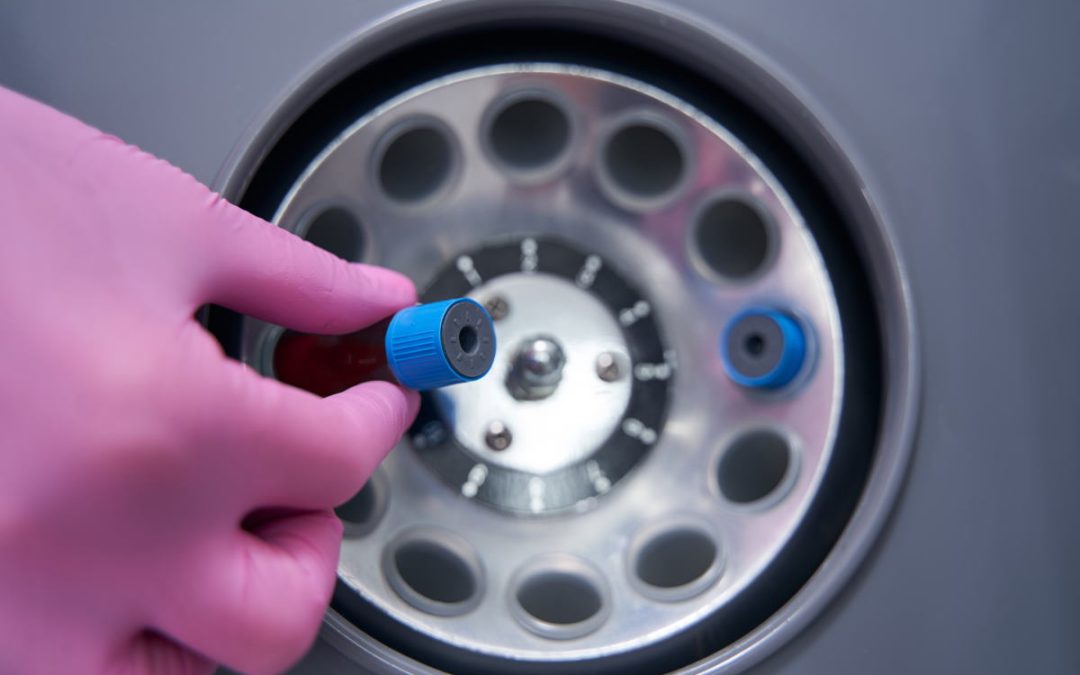Platelet Rich Plasma (PRP) treatment, which involves using a concentrated form of platelets from the animal’s own blood, has been increasingly used in veterinary medicine to promote healing and tissue regeneration. PRP contains growth factors and bioactive proteins that can stimulate cellular proliferation, angiogenesis (formation of new blood vessels), and tissue repair.
Here’s an overview of how PRP treatment is commonly used in animals:
- Collection of blood: A small amount of blood is collected from the animal, usually from a peripheral vein, similar to a routine blood draw.
- Centrifugation: The collected blood sample is then processed using a centrifuge machine. The centrifuge separates the whole blood into different components based on their densities, with platelets being concentrated in the middle layer.
- Platelet-rich plasma isolation: The layer containing the platelets is carefully extracted, yielding platelet-rich plasma. This PRP is further processed to remove any unwanted components like red blood cells or white blood cells, leaving behind a concentrated solution of platelets and plasma.
- Administration: PRP can be administered to the animal through various methods, depending on the condition being treated. It can be injected directly into the injured or affected area, such as joints, tendons, or muscles. In some cases, it may be applied topically to wounds or surgical incisions.
- Healing and tissue regeneration: The growth factors and bioactive proteins present in PRP help accelerate the healing process and promote tissue regeneration. These substances stimulate cell proliferation, increase blood supply to the area, and enhance the production of extracellular matrix components, which are vital for tissue repair.
PRP treatment has been used in veterinary medicine for various conditions, including musculoskeletal injuries, osteoarthritis, tendon and ligament injuries, chronic wounds, and even certain dermatological conditions. It is often employed as part of a comprehensive treatment plan, along with other therapies such as physical rehabilitation or medications, depending on the specific needs of the animal.
It’s important to note that while PRP therapy has shown promising results in many cases, its effectiveness can vary depending on the individual animal and the condition being treated. Therefore, it’s always best to consult with a veterinarian experienced in PRP treatment to determine its suitability and potential benefits for your pet.


Recent Comments